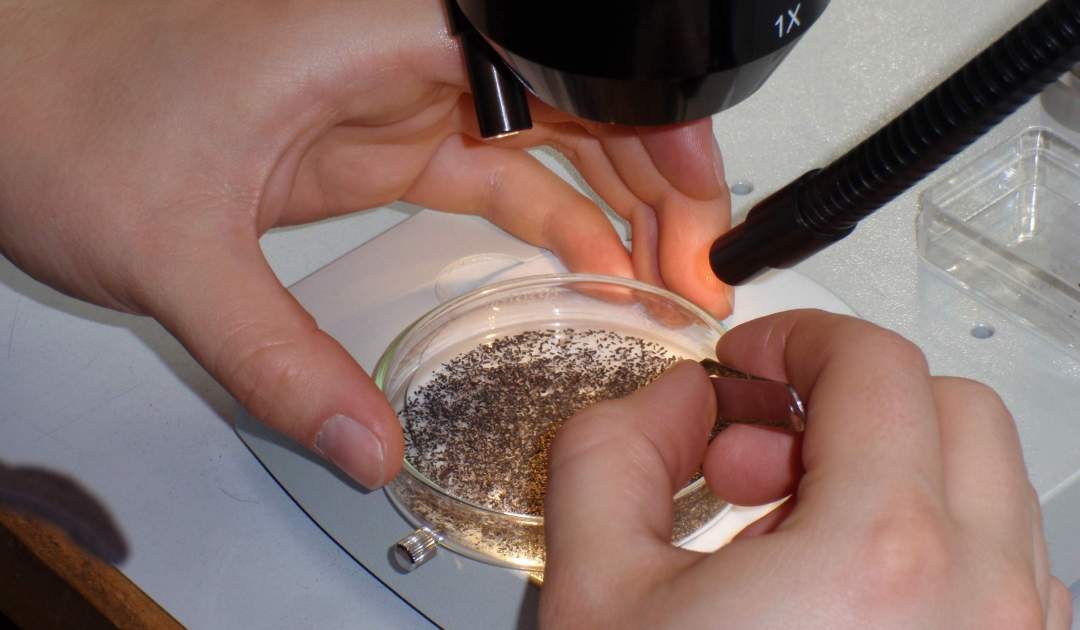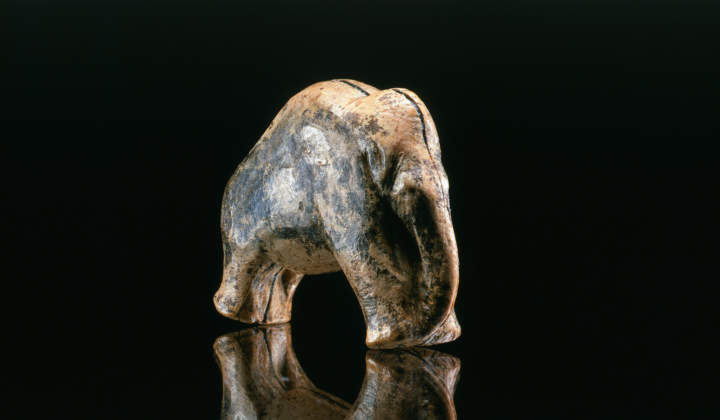Senckenberg up close
Why are we the way we are?
An Interview with archaeologist Bárbara Rodriguez Álvarez
Why do we end up the way we are and what had to happen before that? Since Bárbara Rodriguez Álvarez got a fossil of an ammonite by her dad when she was a kid, she has been studying the traces of the past as an archaeologist. Some of those traces are so little – one can only make them out under a microscope. Nevertheless, they carry a huge bulk of information. With one mosaic stone after another, she puts together the picture of a society from hundred thousands of years ago.
Mrs Rodríguez Álvarez, why did you choose the profession of an archaeologist?
As far as I can remember, the fascination for the past goes back to an event from my childhood. One day my dad gave me the fossil of an ammonite, which he had found somewhere. This incident awoke an incredible interest in me for the past – which I have kept until today. As a little girl, it was incredibly fascinating to me to imagine that actually life existed already millions of years ago.
I was only ten years old when Stephen Spielberg’s “Jurassic Park” made it to the cinemas. I can very well remember watching the movie from the second row in an overcrowded cinema. Of course, some scenes scared me but even at that age I could see myself carrying out research on dinosaurs.
Did you first want to become a paleontologist?
Yes, kind of. At that time the findings of the Palaeolithic Spanish archaeological site of Atapuerca started appearing in the media. I was fascinated – even more than with the fossils – by the hints and traces hidden on the remains left by the first human beings. I wanted to find out more about the evolution of the hominins , of our direct ancestors, and so I ended up with being an archaeologist.




